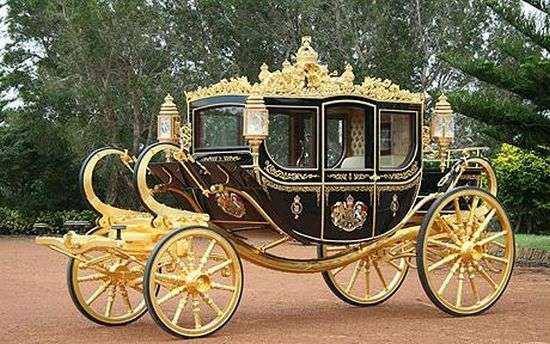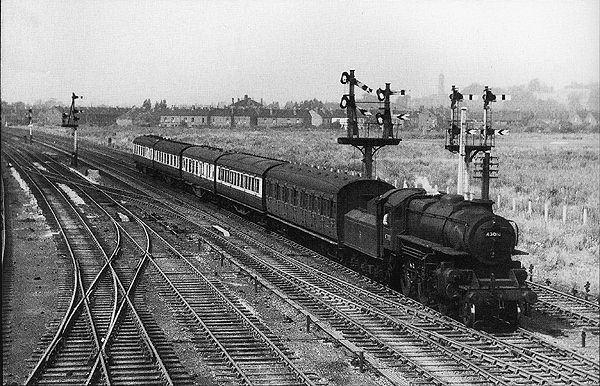Booklet Pane: Historic CPR Hotels (Canada 1993)
Historic CPR Hotels (Canada 1993)
14 June (Canada ) within release Historic Hotels goes into circulation Booklet Pane Historic CPR Hotels face value 10*43 Canadian cent
| Booklet Pane Historic CPR Hotels in catalogues | |
|---|---|
| Michel: | Mi: CA HB184 |
| Stamp Number: | Sn: CA 1471b |
Booklet Pane is square format.
From booklet Sn BK160Also in the issue Historic Hotels:
- Booklet Pane - Historic CPR Hotels face value 10*43;
- Se-tenant - Historic CPR Hotels face value 5*43;
- Stamp - The Empress Hotel, Victoria, British Columbia face value 43;
- Stamp - The Banff Springs Hotel, Banff, Alberta face value 43;
- Stamp - The Royal York Hotel, Toronto, Ontario face value 43;
- Stamp - Le Château Frontenac, Québec face value 43;
- Stamp - The Algonquin Hotel, St. Andrews, New Brunswick face value 43;
- Booklet Pane - Historic CPR Hotels face value 10*43;
Booklet Pane Historic CPR Hotels it reflects the thematic directions:
A building or edifice is a structure with a roof and walls standing more or less permanently in one place, such as a house or factory. Buildings come in a variety of sizes, shapes and functions, and have been adapted throughout history for a wide number of factors, from building materials available, to weather conditions, to land prices, ground conditions, specific uses and aesthetic reasons. Buildings serve several needs of society – primarily as shelter from weather, security, living space, privacy, to store belongings, and to comfortably live and work. A building as a shelter represents a physical division of the human habitat (a place of comfort and safety) and the outside (a place that at times may be harsh and harmful).
A carriage is a two- or four-wheeled horse-drawn vehicle for passengers. Second-hand private carriages were common public transport, the equivalent of modern cars used as taxis. Carriage suspensions are by leather strapping or, on those made in recent centuries, steel springs. Two-wheeled carriages are usually owner-driven.
Furniture refers to objects intended to support various human activities such as seating (e.g., stools, chairs, and sofas), eating (tables), storing items, working, and sleeping (e.g., beds and hammocks). Furniture is also used to hold objects at a convenient height for work (as horizontal surfaces above the ground, such as tables and desks), or to store things (e.g., cupboards, shelves, and drawers). Furniture can be a product of design and can be considered a form of decorative art. In addition to furniture's functional role, it can serve a symbolic or religious purpose. It can be made from a vast multitude of materials, including metal, plastic, and wood. Furniture can be made using a variety of woodworking joints which often reflects the local culture.
A hotel is an establishment that provides paid lodging on a short-term basis. Facilities provided inside a hotel room may range from a modest-quality mattress in a small room to large suites with bigger, higher-quality beds, a dresser, a refrigerator, and other kitchen facilities, upholstered chairs, a flat-screen television, and en-suite bathrooms. Small, lower-priced hotels may offer only the most basic guest services and facilities. Larger, higher-priced hotels may provide additional guest facilities such as a swimming pool, a business center with computers, printers, and other office equipment, childcare, conference and event facilities, tennis or basketball courts, gymnasium, restaurants, day spa, and social function services. Hotel rooms are usually numbered (or named in some smaller hotels and B&Bs) to allow guests to identify their room. Some boutique, high-end hotels have custom decorated rooms. Some hotels offer meals as part of a room and board arrangement. In Japan, capsule hotels provide a tiny room suitable only for sleeping and shared bathroom facilities.
A musical instrument is a device created or adapted to make musical sounds. In principle, any object that produces sound can be considered a musical instrument—it is through purpose that the object becomes a musical instrument. A person who plays a musical instrument is known as an instrumentalist. The history of musical instruments dates to the beginnings of human culture. Early musical instruments may have been used for rituals, such as a horn to signal success on the hunt, or a drum in a religious ceremony. Cultures eventually developed composition and performance of melodies for entertainment. Musical instruments evolved in step with changing applications and technologies.
Railways - Transportation system made up of metal rails which is designed to allow trains to maneuver on the tracks from one location to the next.





